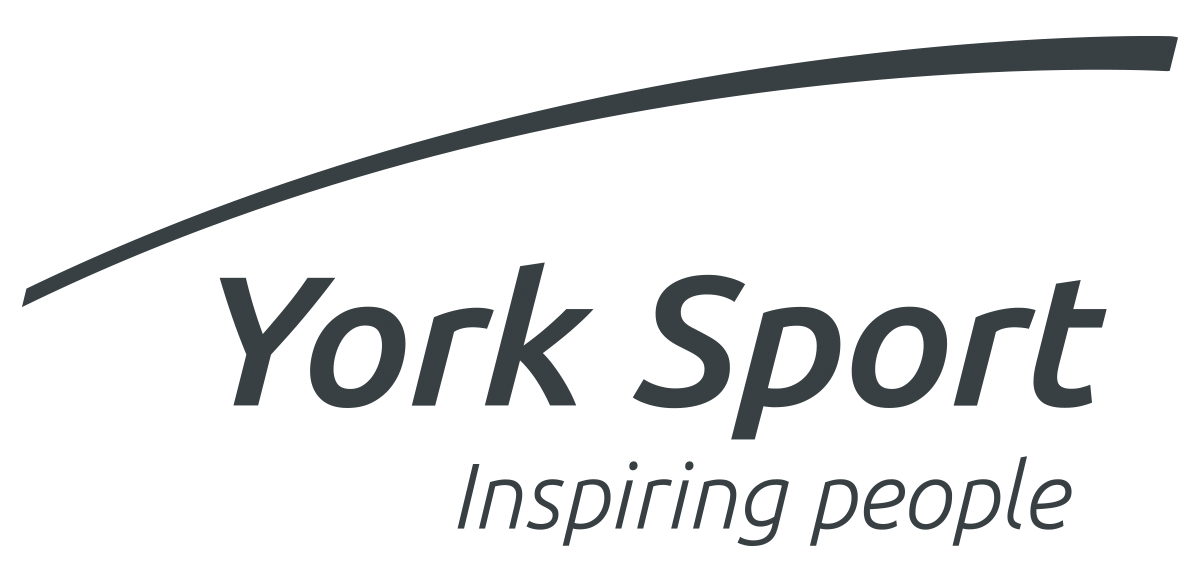Cycling FAQs
-
If I buy a cycling course for the Velodrome or Circuit can I freeze a week?
When you buy a course for the Velodrome, Circuit or Cyclo-Cross you are committing to attend for the number of consecutive week paid for.
If you miss a week, this will be automatically deducted off your course.
York Sport Cycling will only freeze course memberships in the event of an illness/injury and with the presentation of a Doctor’s note.
-
If it rains will sessions still go ahead on the Velodrome & Circuit?
York Sport Cycling determines whether or not a session will be delivered coherent with the weather forecast via the BBC York Weather website.
We will inform members 2 hours prior to a sessions start time via email as to whether or not a session will go ahead.
Generally, if there is rain and the Velodrome is wet, then due to our Health and Safety Policy, the Velodrome session will be cancelled.
Unless there is torrential downpour, generally most sessions will go ahead on the Circuit. However, with our younger riders, occasionally sessions might be cancelled as a duty of care to them.
York Sport will inform ALL members of cancellations prior to a session via email and will further promote through our York Sport Cycling Facebook page.
-
I have cleats on my road shoes can I wear these for the Velodrome and Circuit?
At the moment all our track bikes are fitted with toe clips and straps, so trainers are best.
-
What is Velodrome accreditation and do I need it to ride the Velodrome?
No you don’t need it to get started.
Accreditation is a standard of riding required to ride training sessions, SQTs and some race leagues.
It’s a kind of driving test for the velodrome to ensure everyone is safe. Most people will start this process with a taster session or book direct on the 4 week courses. There is no pre-determined number of sessions to pass each Velodrome level but you do need to have completed levels 1,2&3 and your accreditation to ride the Velodrome unsupervised.
-
If I gain Velodrome accreditation at York does this mean I can ride other indoor velodromes?
At the moment York accreditation is not transferable to other indoor facilities, however the skills and experience will stand you in a better position for getting you accreditation at other venues.
-
I have Velodrome accreditation from Manchester can I ride at York?
Yes! If you have valid accreditation from an indoor velodrome you can ride York Sport Velodrome. Please send proof a photo of your card or an email from the Velodrome is ideal.
-
What type of bike can I use on the Velodrome?
Track bikes are used for all open and coached sessions.
Track bikes do not have brakes or gears and have a fixed wheel. This means that you make minor adjustments to speed through the pedals and these adjustments have an effect on the speed. Although quite different to road bikes (ie the fact that you keep pedalling at all times), most riders pick up the basic techniques easily. See our specification for more details.
-
How long is a session on the Velodrome or Circuit?
Sessions are 45 or 90 minutes.
You will need to book onto a course prior to attending the session so we can guarantee you a place. We advise you to arrive 15 minutes before your session so that you can get changed and get your bike set up. Please report to reception upon arrival.
-
Is there a Velodrome track bike specification?
Yes your bike must comply with our specification.
TRACK BIKE SPECIFICATION
- Track bikes must have a fixed wheel, drop bars*,165mm cranks, and 280mm (11”) bottom bracket height (measured from floor to centre of bottom bracket), no braze ons, and must have track ends.
- Coaches must advise riders to check their own bikes before taking to the track, including: tyres, chain tension, wheel nuts and cleanliness. If a “fixie” bike is used, that matches the dimensions above, and has braze ons or cast cable or gear stops, the projections must be padded with foam and taped over with insulating tape.
- Use Continental, Schwalbe, Tufo or Vittoria clinchers or tubulars (black tread only), 21 mm wide or wider. Avoid dual compound tyres.
- Tyres must be inflated to 8 bar (119psi), and the pressures, and tyre condition checked regularly. Do not use any dual compound tyres or tyres with coloured treads. Other tyres and tubulars may in future be recommended after analysis. Do not use tub tape to fix tubulars to sprint rims – use proprietary rim cement.
- Do not use brand new tyres on the track without first preparing them thus; rub the surface with white vinegar before use. Ride the first three laps on the Cote d’Azure or bottom of track. If the track bike has been ridden externally, then the tyres must be cleaned as above.
- No spare sprocket on double rear hub.
- Bar ends must be fitted, and secure in handlebars.
- No quick release spindles. Wheel spindles should not extend beyond the track nuts, front and rear, and should be sawn off flush with the nut, and filed smooth.
- Recommended gears for novices, and all riders on taster sessions – 84” gear adults, 74” for 9 -12 year olds.
- For the warm up, no gears bigger than 92″ (48X14), is to be used (although, it is advisory to warm up on a smaller gear than this anyway, something nearer 82″ (49X16)). For the majority of the session, we would advise a gearing between 88″ and 94″, and if you are on youth restricted gears, please abide by them).

